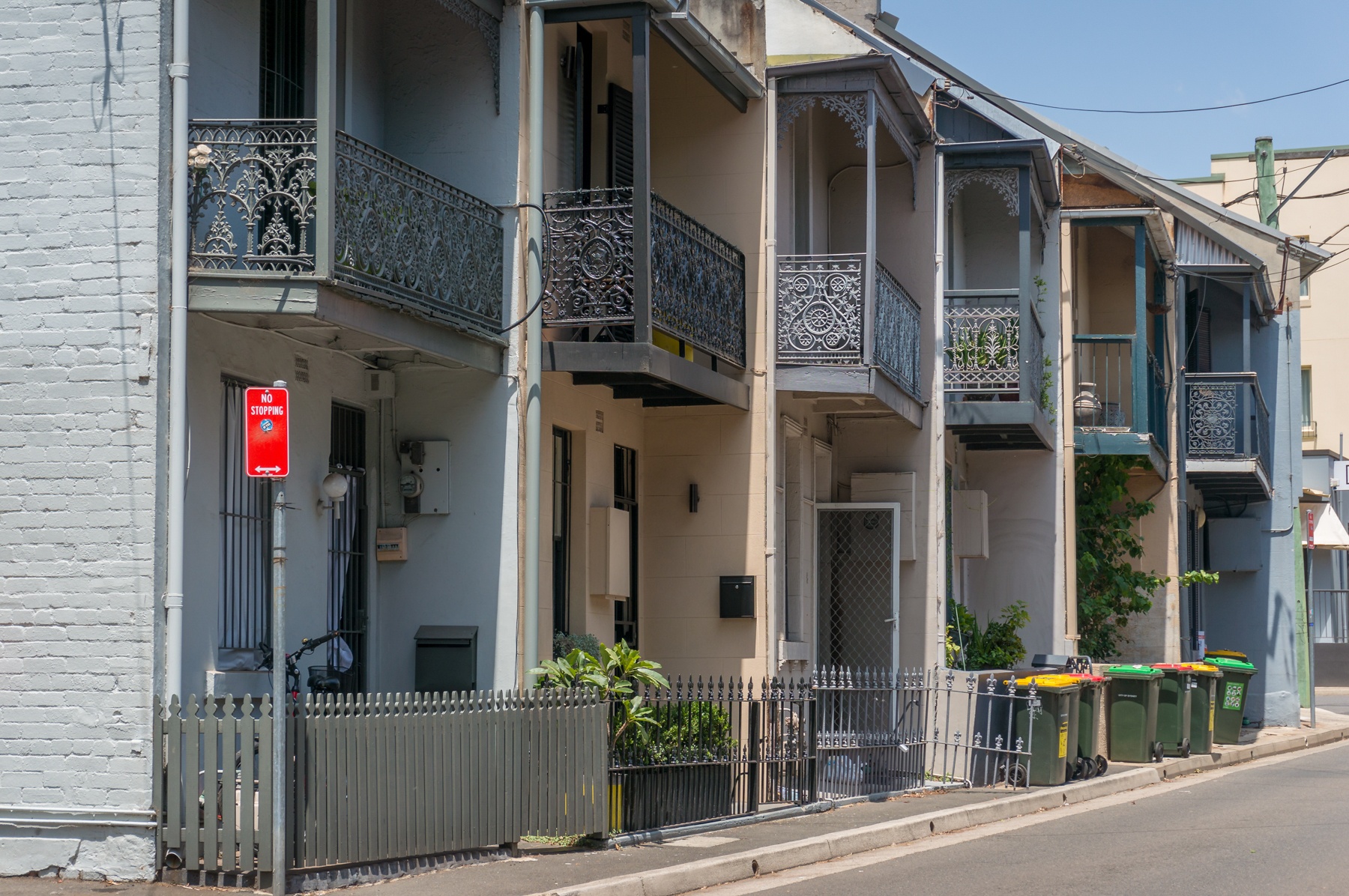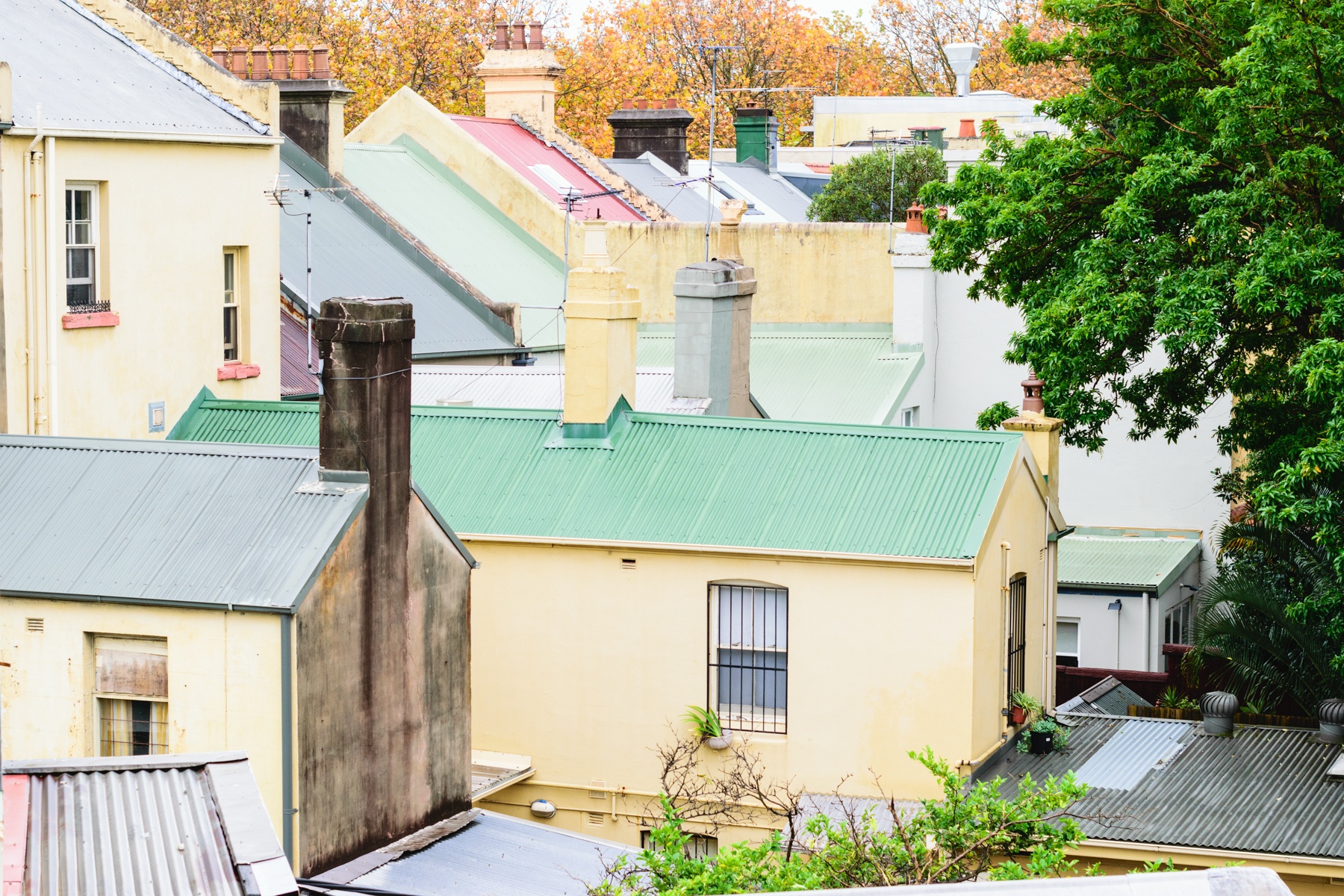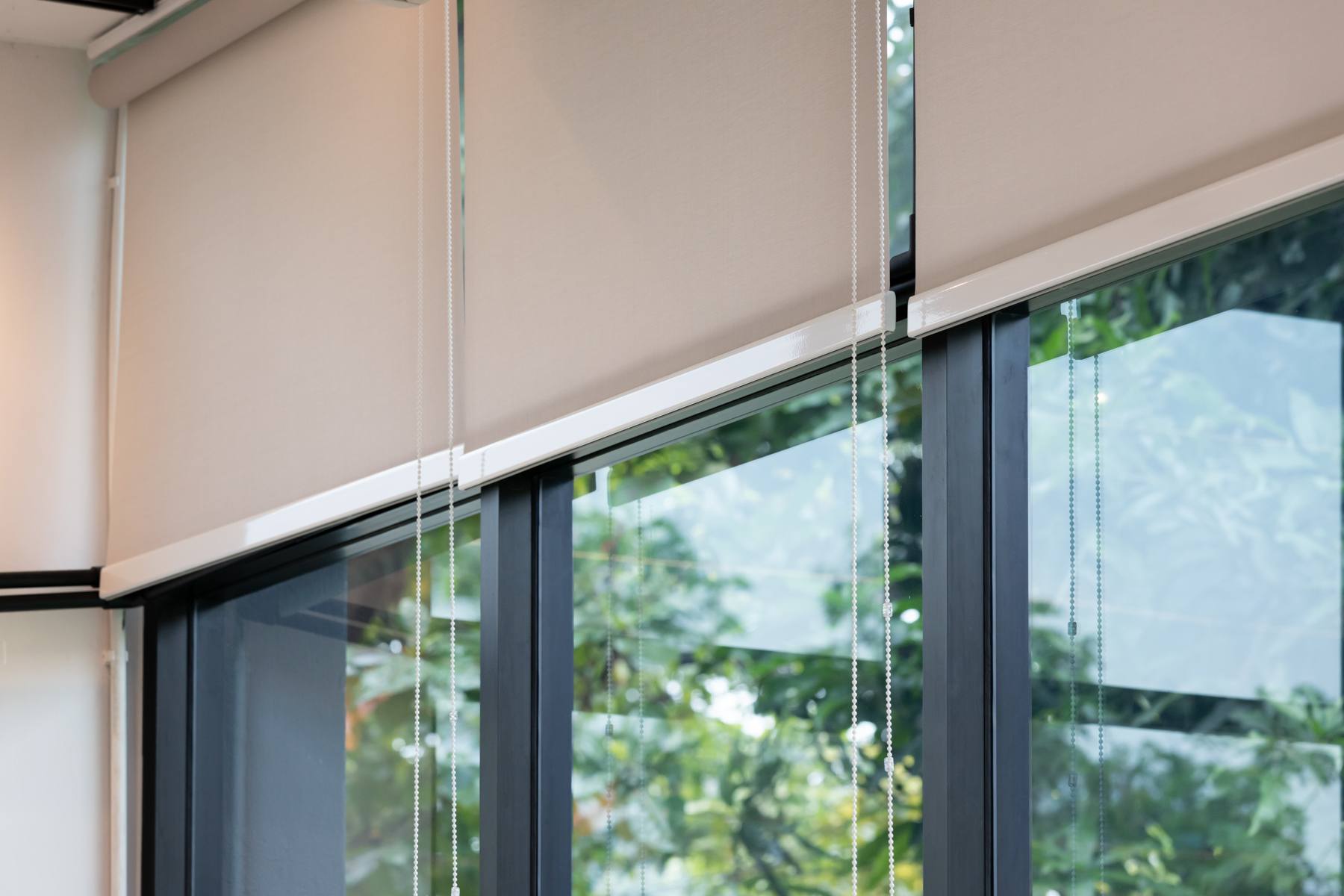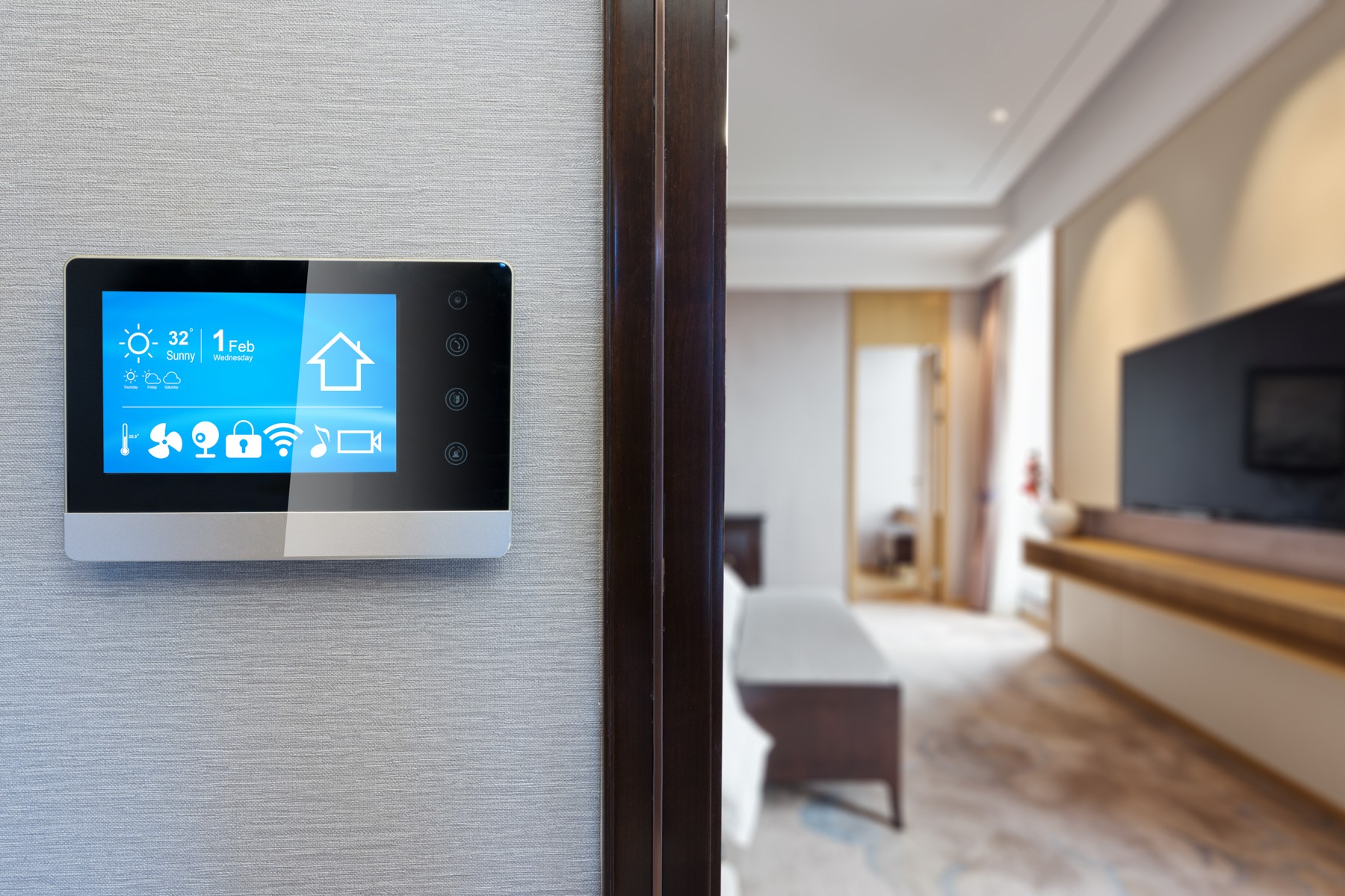How does your home handle a cold snap?
In June 2022 Sydney shivered through its coldest day and period in nearly four decades. Many of us were left wondering: how are we going to cope with more of this?
During the height of the COVID-19 pandemic, especially Sydney’s extended lockdown in 2021 which resulted in entire offices working from home, everyone suddenly realised just how cold Australian houses can get.
According to an article published in the Sydney Morning Herald during winter 2021, people admitted they had to have showers to keep warm, wear thermals, keep heat packs handy or drape blankets over knees – away from the prying eyes of Zoom, of course.
Why can’t Australian houses cope during the colder months?
Fact is, the older homes – like terraces and heritage listed properties – were built to withstand the other end of the spectrum, Australia’s sweltering summer climate, meaning they’re built to keep the building, and everyone inside, cool.
According to University of Adelaide researcher, Dr Lyrian Daniel, who studies Australia’s hidden cold phenomenon, many houses are often below the 18 degrees recommended by the World Health Organisation.
But if you find yourself in a terrace or heritage home, there are some tips to create a warming space, and some tricks to keep the chill out.
1. Seal the leaks
Gaps between windows and doors can create draughts, meaning the cold air can easily find a way into your home, and whatever hot air you’re creating inside your home can get out.
Have a look around your home for obvious gaps – it’s where light is coming through, you can hear the wind whistling around the area or you can feel cold air coming through when you walk past.
Something as simple as a door snake can go a long way to keeping the room warm. But if you need something more permanent around the external areas, head to your nearest hardware store for various seals – the type you need will depend on the door or window frame.
2. Consider the sunshine
Many older houses weren’t built with sunshine in mind. They were largely built to fit in the spaces available but also to avoid the harsh sun during the summer.
This means they can have smaller windows and large eaves, which usually results in less light and sun streaming in.
Whatever size your windows, keep your blinds and curtains open during the day, especially those homes that face north or west. This means the sun can warm up your room before the temperature drops.
3. Utilise technology
Just because your home was built decades ago doesn’t mean you can’t update it with some whizz-bang new features. As our lives become more technologically-focussed, so too are our homes.
Install an energy-efficient air conditioning system. This can save up to 30% on energy costs by turning the system fully off when not in use during the day and also allowing you to create different schedules according to your own personal routine.
Install energy monitors around your home to track your energy usage and smart thermostats that can help you create custom heat schedules.
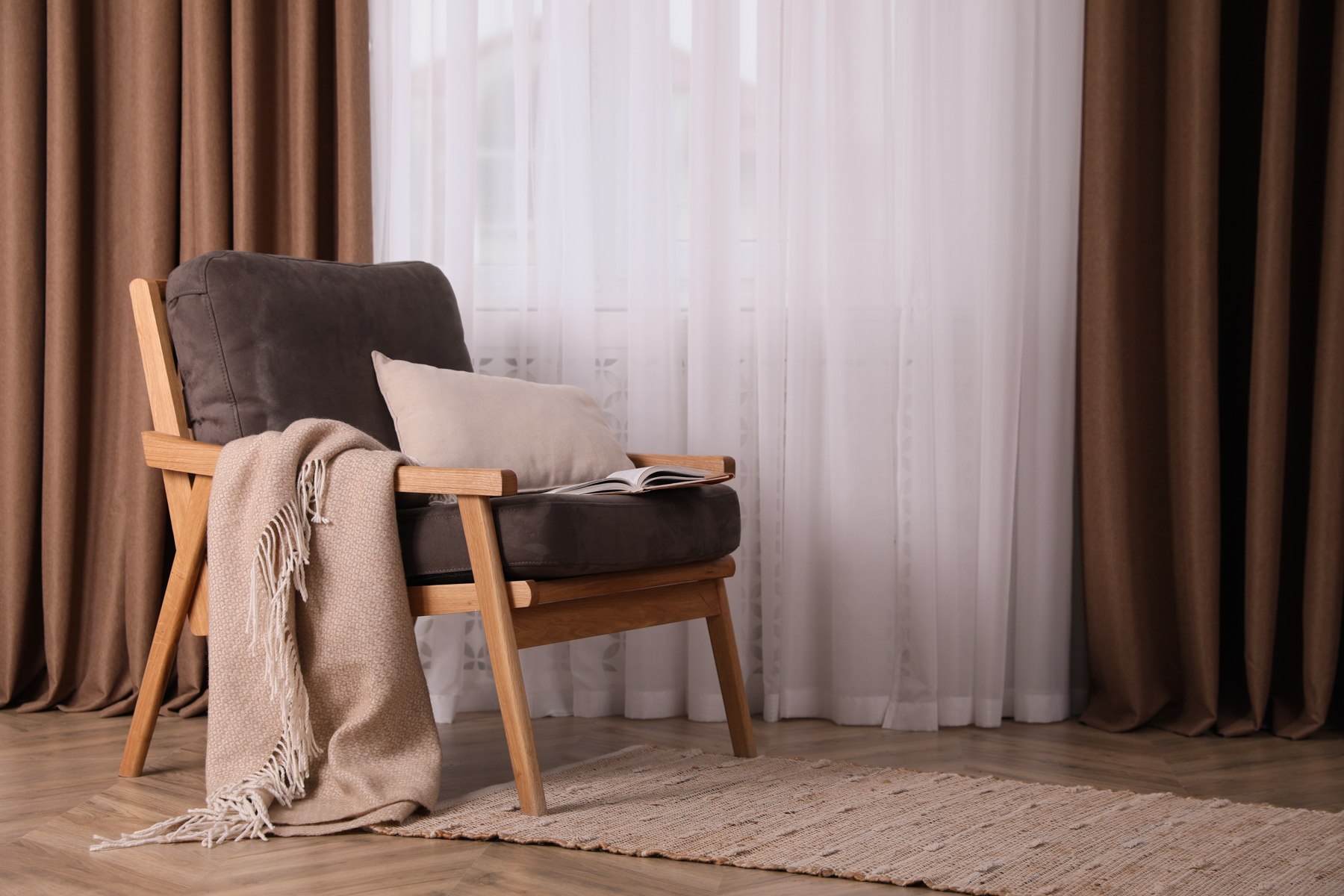
4. Talking window coverings
It’s amazing what your window coverings can do to help you save money. According to Choice, up to 40% of your heating energy can be lost through windows.
The weight of your curtains or blinds can definitely keep the cold out (and the warmth in). They’ll absorb the cold air whenever they’re closed.
You can also install smart window coverings, which can either work on a timer or via external apps. Detecting some sunlight – open your blinds remotely.
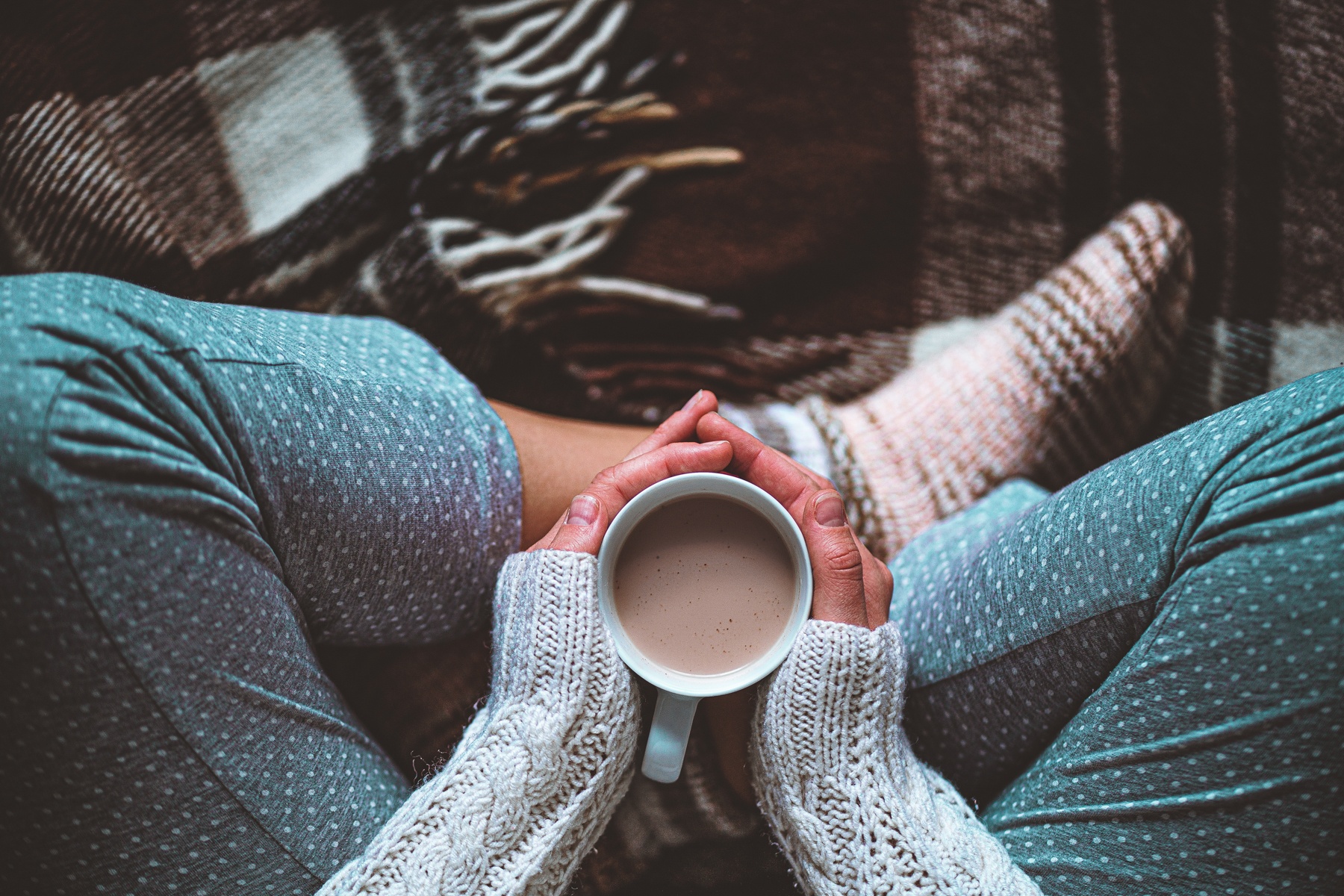
Some extra tips and tricks
Of course, there are loads of little things you can do throughout the day, both around your home and personally, to help you keep warm.
Like your nana said – put on a jumper and some warm socks!
Try rearranging the furniture – sure, it’s nice to sit by the heater, but that big couch is absorbing the warmth meant for the whole room.
If you have floorboards or tiles, lay down the rugs. They’ll keep the floor and your feet warm.
For many Sydney-siders, living in colder hours is just a fact of life, especially those who live in terrace or heritage homes.
But some smart technology and some smart moves by you can make a world of difference.


